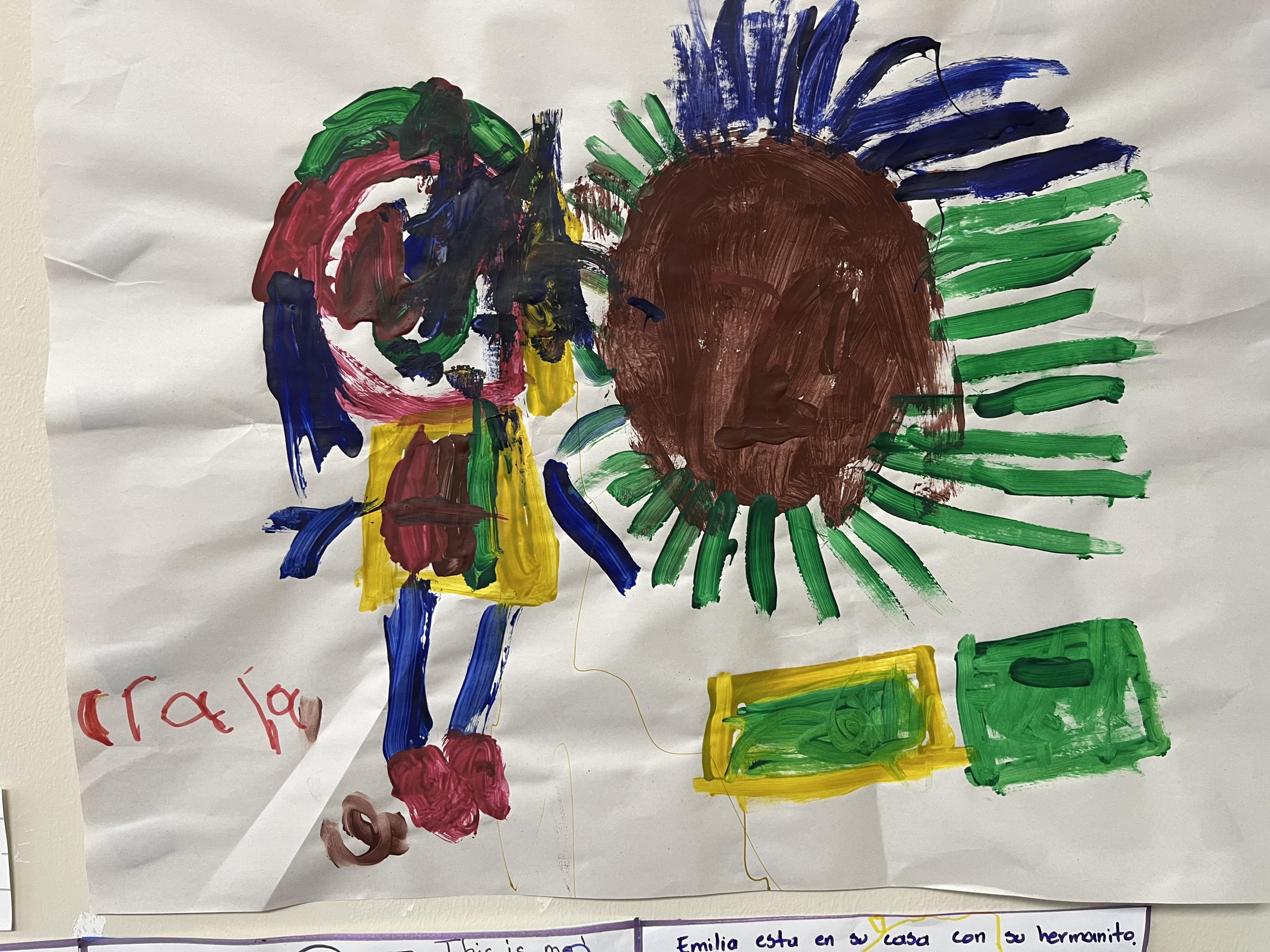Effective Curriculum: Designing and Implementing Meaningful Learning for Every Child

You are here
A high-quality curriculum is a fundamental component of early childhood education. What does it take to create and implement one that fosters the learning and development of all children?
Inspired by NAEYC’s foundational resources and the recent National Academies of Sciences, Engineering, and Medicine (NASEM) report, A New Vision for High-Quality Preschool Curriculum, this issue of Young Children focuses on how early childhood leaders and educators determine what, when, and how children learn in educational settings. As both NAEYC and the NASEM report stress, high-quality curricula must be responsive to each and every child. Too little is known about designing and delivering curricula that meet the interests, needs, and strengths of all learners.
This issue helps to address such a gap. Articles include examples of curricula that are responsive to culturally and linguistically diverse learners as well as children with disabilities. Ultimately, authors illustrate that effective curricula can lead to learning and development within and across content areas, address learning goals through experiences inside and outdoors, and integrate children’s interests and assets.
Opening the cluster is “Teaching and Learning in the Outdoors: Nature as a Springboard for Biliteracy Development.” María G. Arreguín and Rica Ramírez describe an interdisciplinary biliteracy framework to guide educators’ planning, teaching, and assessment. With examples from a Spanish-English dual language preschool classroom in Texas, they illustrate how this creates meaningful, multisensory learning experiences.
Recognizing the disconnect that can occur between prepackaged curricula and children’s everyday experiences, Colleen E. Whittingham and Germaine K. Tauati have written “From Aloha to Z: Centering Children’s Culture and Language During Alphabet Instruction.” They outline how educators transformed instructional materials, including alphabet posters and poems, to draw on children’s and families’ cultural knowledge and practices in Hawai‘i.
Next is an excerpt from NAEYC’s recently published Focus on Developmentally Appropriate Practice: Equitable and Joyful Learning in Kindergarten. In “Planning for Guided Play: A Step-by-Step Guide,” Margi Bhansali, Alli Bizon, and Erean Mei offer suggestions for how to integrate play into the kindergarten classroom. They also include examples of what to look for—on the part of teachers and students—during guided play and student-initiated play.
Jennifer M. Longley and Jennifer Gilken focus on “Essential Elements of Infant Curriculum: Individualizing Routines and Partnering with Families.” They detail how curricula for infants are different from those for older children and explore how educators can be responsive to each child as they plan routines and partner with families.
Effective curricula also consider different abilities. “Environment, Materials, and Instruction: Adapting a Curriculum to Support Children with Motor Disabilities,” written by Temrah Okonski, explains how educators can anchor their environments, materials, and instruction in Universal Design for Learning to support children with motor disabilities.
Closing out the cluster is “A Preschool Class’s Inquiry-Based Project About Frogs: From Investigation to Advocacy” by Victoria Damjanovic and Stephanie Branson. The authors write about how one preschool program in Florida took an inquiry-based approach to a project about frogs. Educators gathered children’s questions and interests about the topic, and they supported children’s engagement and learning to answer those questions and to take action in their learning community.
This issue underscores the multifaceted nature of curriculum selection and implementation. As the NASEM report and NAEYC foundational documents point out, an effective curriculum is research-based, follows a scope and sequence, incorporates play and positive interactions, and is responsive to every learner. This requires intentionality and flexibility by educators and leaders who are guided by meaningful and clear goals. And it depends on having sufficient supports for these professionals to do such complex thinking and work. I hope you find inspiration and guidance as you make curriculum decisions in your setting!
—Annie Moses

While visiting a NAEYC-accredited early learning program, Susan Friedman, NAEYC's senior director of publishing and content development, saw many displays of children’s artwork. This one captures children’s stories about their families in pictures, words, and through dictation.
Is your classroom full of children’s artwork? To feature it in Young Children, see the link at the bottom of the page or email [email protected] for details.
 We’d love to hear from you!
We’d love to hear from you!
Send your thoughts on this issue, and on topics you’d like to read about in future issues of Young Children, to [email protected].
Would you like to see your children’s artwork featured in these pages? For guidance on submitting print-quality photos (as well as details on permissions and licensing), see NAEYC.org/resources/pubs/authors-photographers/photos.
Copyright © 2025 by the National Association for the Education of Young Children. See Permissions and Reprints online at NAEYC.org/resources/permissions.
Annie Moses, PhD, is director of periodicals at NAEYC and serves as editor in chief of Young Children and Educating Young Children.
